 | Q3 has been an action-packed quarter for the Ethereum ecosystem, marked by continuous advancements and notable shifts across key metrics. This in-depth article provides a thorough analysis of the quarter’s developments, from the growth in staking metrics and the impact of blobs to the strategic Pectra split and the anticipated Ethereum ETF launch. Dive in for a comprehensive overview of these impactful updates and what they mean for the ecosystem. EthCC Highlights Q3 commenced with EthCC in Brussels. This year’s event attracted thousands of builders from around the globe, all converging to discuss the future of the Web3 industry. The conference was packed with insightful discussions and panels showcasing the Ethereum ecosystem's innovation energy. EthCC 2024 was particularly successful, with a notable increase in women participants and a diverse range of topics, reflecting a more inclusive and dynamic community. For those who couldn’t attend, archived discussions are available for viewing. Looking ahead, next year’s EthCC will be hosted in Cannes, France. We are excited to listen firsthand about the continued advancements and fresh perspectives emerging — all for the continued success of Ethereum. Stay tuned for tickets, as they are always a scarcity. 9 Years of Ethereum 30 July marked 9 years since Ethereum's genesis block live! With the Ethereum whitepaper, published in 2013, laid the foundation for a revolutionary platform, the first public release, known as Frontier, was launched on July 30, 2015, following extensive testing. It marked Ethereum's official birth. Since 2015, Ethereum's evolution has been defined by significant milestones—from the DAO attack and fork of Ethereum Classic in 2016 to crucial upgrades, which (to name a few across some many improvements) introduced Proof-of-Stake (PoS) and the 2022 Merge, drastically reducing Ethereum's carbon footprint while enhancing security and scalability, withdrawals in Shapella that boosted staking interest, and blobs in Dencun reducing transaction costs and others thorough these years. With such advancements like DVT and shared security powered by restaking in 2024, Ethereum continues to drive innovation, solidifying its role as a cornerstone of the blockchain future. You can read the history of Ethereum in a nutshell on our blog. This recap highlights the key projects and individuals that transformed Ethereum into the powerhouse it is today while also offering insights into what the future may hold. https://stake.is/ethereum-is-nine A Quarter of Anniversaries: 2 years since Merge and 1 Year with First Non-custodial Pooled ETH Staking Solution In the third quarter of this year, we celebrated a significant milestone: 2 years since Ethereum’s historic Merge. On September 15, 2022, Ethereum successfully transitioned from a Proof-of-Work (PoW) to a PoS consensus mechanism, fundamentally transforming ETH's tokenomics. This monumental upgrade not only enhanced the deflationary attributes of Ethereum but also drastically reduced its carbon footprint, aligning the network's commitment to sustainable growth. Following the Merge and Shapella, we observed a notable decrease in #ETH issuance alongside a remarkable increase in staking participation. The Merge represents one of the most critical upgrades in Ethereum's roadmap, marking a pivotal step toward enhancing both sustainability and scalability within the ecosystem. The mid-September was marked by the 1st anniversary of the first non-custodial pooled ETH staking solution, powered by Everstake. As the transition of Ethereum to a Proof-of-Stake consensus mechanism sparked widespread interest in staking, the requirement of 32 ETH to launch a validator turned out to be a significant barrier for many potential participants. Everstake has solved this issue by reducing the entry threshold by 320 times, thereby enabling broader participation in staking activities. Our non-custodial, non-liquid staking solution allows users to engage in Ethereum staking with just 0.1 ETH, and we take pride in being the first to facilitate this opportunity. ???? x.com/eth_everstake/status/1835727776201994603 Staking Dynamics and Slashing-Free Months Staking participation in the Ethereum network continues to grow, reflecting continued confidence among users. Staking metrics dashboard below shows a significant increase in the total amount of staked $ETH, underscoring the community's commitment to securing the network. In August, we achieved a remarkable milestone, surpassing 34 million ETH staked on the Ethereum mainnet. Currently, there are 1.07 million active validators, with approximately 28.58% of the circulating supply staked. At the end of July and early August, the validator entry queue was notably lengthy, likely driven by the surge of interest in Ethereum surrounding the ETF launch. Conversely, the exit queue remained consistently short, indicating a strong community sentiment toward active participation in staking. As of now, Ethereum nodes are distributed across 89 countries, highlighting the global nature of the network. The countries with the highest number of Ethereum nodes are the United States with over 3k nodes (31.11%), Germany with 2k nodes (18.08%), Finland with 840 nodes (7.40%), France with 585 nodes (5.16%) and the United Kingdom with 415 nodes (3.66%). This distribution reflects Ethereum's decentralized infrastructure and its widespread adoption, with Germany and Finland in top-3 thanks to their reliable data centers provided for operators across the world. For those interested in exploring Ethereum’s nodes distribution, check out more here: ???? x.com/eth_everstake/status/1836706612230189548 In Q3, the Ethereum network experienced a notable stretch without any slashing events, lasting approximately 68 days in a row during the quarter. This achievement reflects the dedication of validators committed to maintaining the security and integrity of the network. The last time we saw the same 50-day gap was in May, indicating a positive trend moving forward. Ethereum Spot ETF Inflows and Outflows Roller-coasterOn July 23, 2024, after receiving final approval from the SEC, 8 different spot Ethereum ETFs started trading. It's been an up-and-down period with significant inflows and outflows. Since its launch, Ethereum ETFs saw total positive inflows of $2,383.5 billion, a notable indicator of interest and confidence in the asset. Despite the positive inflows, ETHE has a substantial influence on the broader ETF landscape, with an overall net negative flow of $523.4 million. The Grayscale Ethereum Trust is an exchange-traded product distinct from its Mini Trust ETF. The market price of ETHE can differ from its net asset value, offering interested parties potential premiums or discounts on Ether holdings. At the beginning, we experienced significant daily outflows, but currently, we can admit the lower dynamic of outflows, highlighting a positive trend for its future growth. This is an encouraging sign for market participants, as fewer outflows reflect growing conviction and holding strength among users. As for the key leader, BlackRock took the lead, driving $1,146.1 billion of the total inflows. Fidelity and Bitwise followed with $478.5M and $326.7M, respectively. These figures underscore the ongoing interest, signaling long-term belief in Ethereum’s value and utility. BlackRock’s spot Ethereum ETF (ETHA) has seen slower growth than its Bitcoin counterpart, but Robert Mitchnick, the company’s head of digital assets, remains optimistic about its long-term prospects, especially considering its rapid accumulation of assets under management. He mentioned that for BlackRock, Bitcoin, and Ethereum offer complementary benefits rather than competing for the same role. Blobs and Gas ChangesIt’s been over 6 months since EIP-4844, or proto-danksharding, was successfully implemented on the Ethereum mainnet during the Dencun upgrade. At the end of Q3, the Ethereum network reached a significant milestone: 3 million blobs processed, a testament to the steady progress of Ethereum’s data availability scaling. These figures highlight the effectiveness of Ethereum’s scaling efforts, particularly in how blobs are helping to ensure that Ethereum remains the preferred network for Layer 2 (L2), despite growing demand for data availability. However, while these numbers are impressive, discussions in Q3 2024 have increasingly focused on scaling challenges and future improvements to meet the ever-growing demand from L2 networks. During the recent All Core Developers Consensus (ACDC) call, the conversation shifted toward Ethereum’s current blob capacity and whether it’s sufficient for the rapid growth of L2s. Base developer presented a proposal to increase blob capacity in the upcoming Pectra 1 upgrade, arguing that the current 3 target blobs per block will soon be inadequate for future scaling needs. Discussions around low gas and blobs’ impact on it did not subside, as well. But, it is worth mentioning that without the scaling benefits brought by blobs, activity may have shifted to other L1 networks, leading to a far worse scenario than Ethereum’s current challenges around reduced fees. Although there’s currently an imbalance between rollup earnings and Ethereum, as L1, revenue, this is seen as a temporary issue. The Ethereum community anticipates that blobs will eventually realize its benefits to the fullest, revealing the true dynamics of the system once retail demand returns. With fees currently low, Ethereum remains accessible, and once demand increases, L2s will be prepared to fulfil this interest. So, the discussions around blob are ongoing, with developers focused on finding the right balance between meeting scaling demands and maintaining network stability. Pectra Split In September, Ethereum Core Developers decided to split the upcoming Pectra upgrade into two phases due to developers limited capacity resources and several challenges to deliver a reliable state of the network post-upgrade that emerged during preparation. This will allow to bring the first phase of the upgrade as soon as possible to address current Ethereum issues. The decision was not an easy one—it was followed a period of intense and lengthy discussions surrounding the Ethereum Improvement Proposals (EIPs) to be included in Pectra, with the list undergoing multiple revisions along the way. Upgrade scoping is usually the first bottleneck in the preparation. Every time core devs need to carefulyl balance between multiple priorities. On one side, they must take into account community and user expectations. On the other, they need to consider the developer capabilities of client teams and the long-term vision for Ethereum's development. This balance-boarding is particularly complex as different client teams may prioritize EIPs differently based on their technical readiness or implementation challenges. Read more on why is deciding on the Ethereum upgrade scope so challenging: ???? x.com/eth_everstake/status/1839229193961246851 In Pectra, a prime example of this prioritization exercize is the EOF exclusion out of the Pectra phase one. Although highly anticipated by the community, at the end of the day EOF was not included due to its incomplete readiness for mainnet deployment, resulting in disappointment both across the community and client teams. Developer Alex Stokes pointed out that excluding EOF from the first phase of Pectra would actually speed up the release of the 8 EIPs already in Pectra Devnet 3. By focusing on the more "ready" EIPs, developers can deliver improvements faster without compromising the overall timeline. As the Pectra upgrade moves through its phased approach, these discussions underscore the intricacies involved in Ethereum's improvement and ensure that Ethereum continues to adapt to user needs while maintaining a robust technical foundation. The last months of 2024 will show us the final preparation process for the first part of the Pectra upgrade. Stay tuned! [link] [comments] |

You can get bonuses upto $100 FREE BONUS when you:
💰 Install these recommended apps:
💲 SocialGood - 100% Crypto Back on Everyday Shopping
💲 xPortal - The DeFi For The Next Billion
💲 CryptoTab Browser - Lightweight, fast, and ready to mine!
💰 Register on these recommended exchanges:
🟡 Binance🟡 Bitfinex🟡 Bitmart🟡 Bittrex🟡 Bitget
🟡 CoinEx🟡 Crypto.com🟡 Gate.io🟡 Huobi🟡 Kucoin.




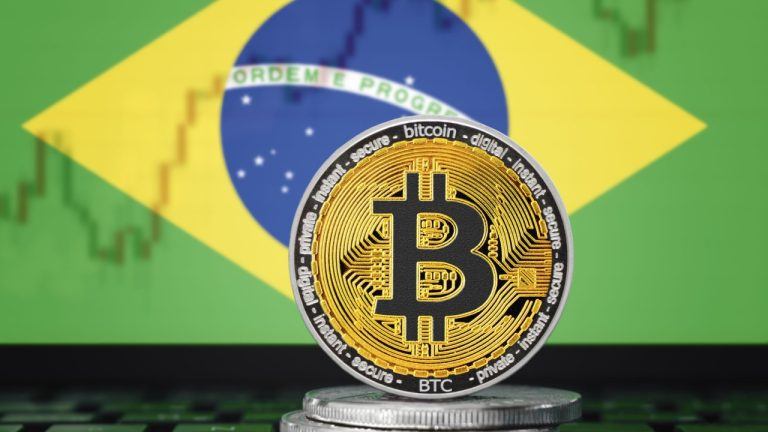

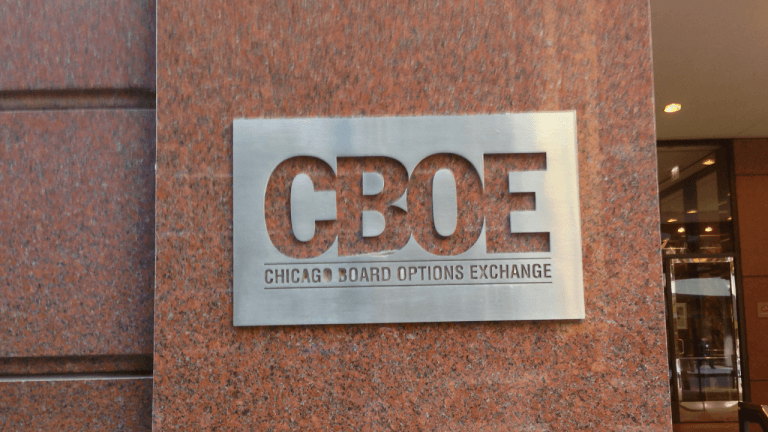

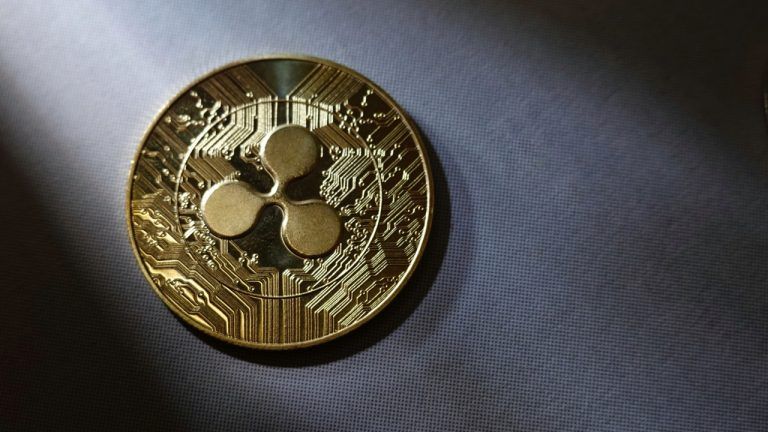
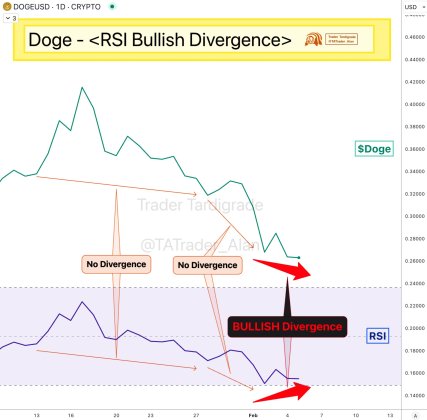

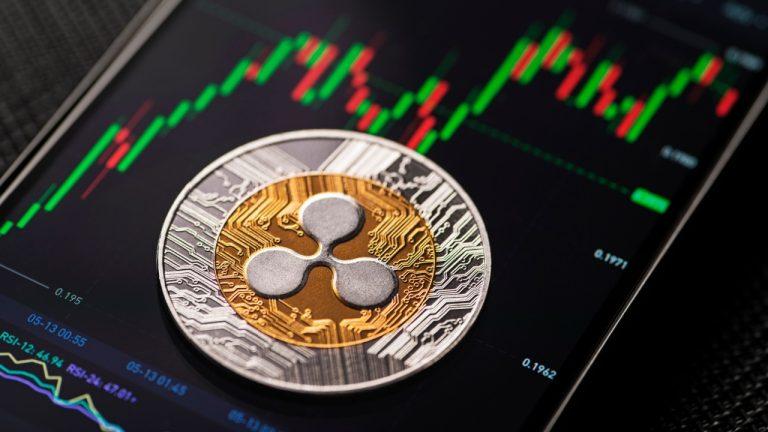

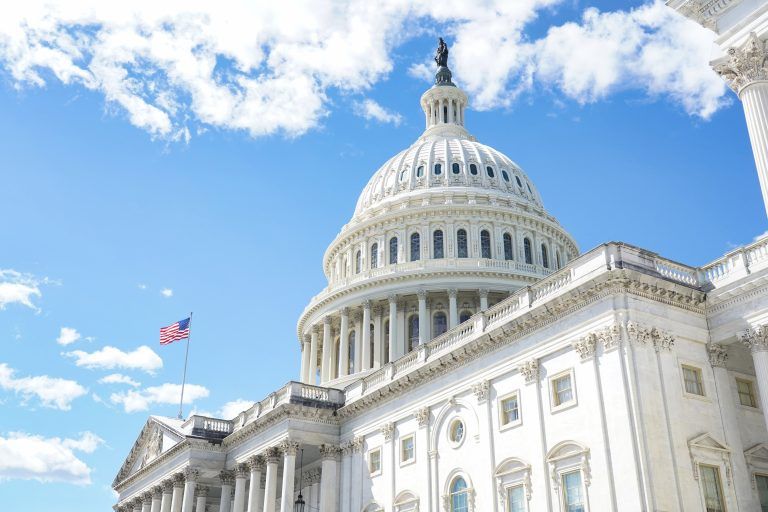
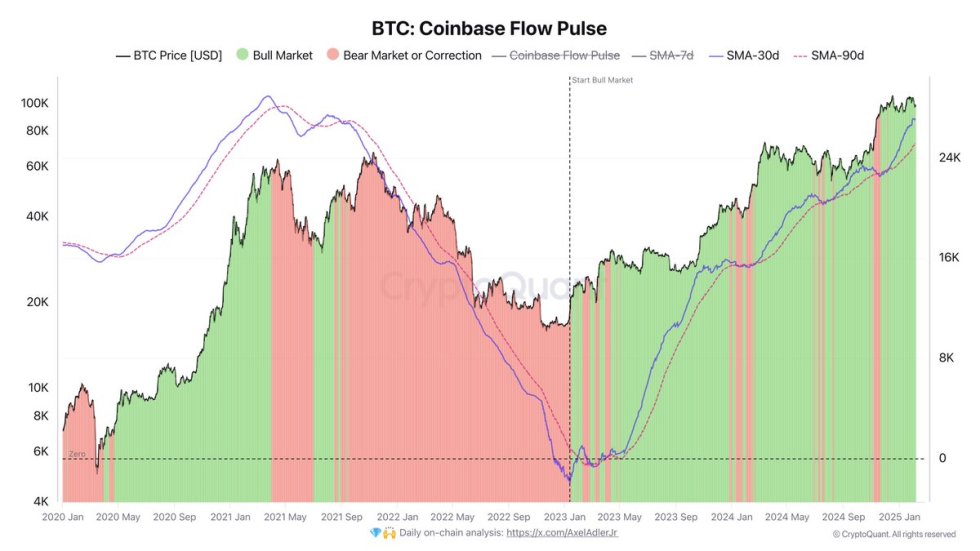





Comments